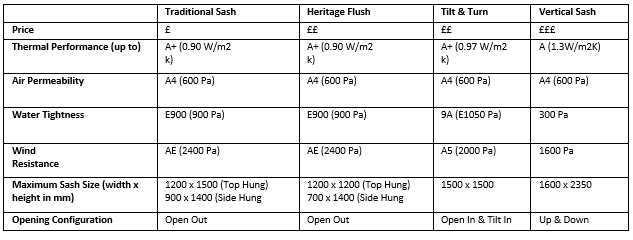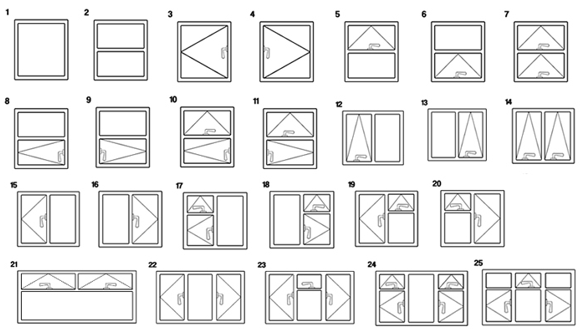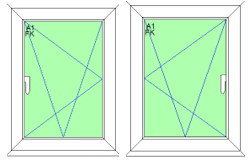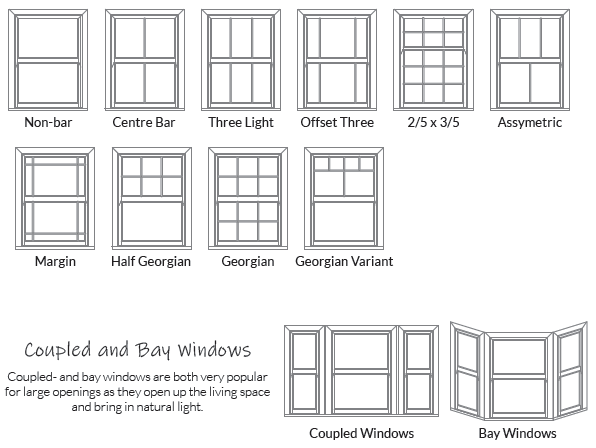- Home
- Doors
- Windows
- Conservatories
- Aluminium
- Past Projects
- Finance Options
- Information Hub
- About Us
- Contact Us
- Online Quote
- Virtual Showroom
- Free No Obligation Quotation
- Customer Reviews
- Refer A Friend
- Blog
- Job Opportunities
- Windows & Doors Near Me
- Windows, Doors & Double Glazing Carmarthen
- Windows, Doors & Double Glazing Cross Hands
- Windows, Doors & Double Glazing Neath
- Windows, Doors & Double Glazing Llanelli
- Windows, Doors & Double Glazing Pontardawe
- Windows, Doors & Double Glazing Llandeilo
- Windows, Doors & Double Glazing Cardiff
- Windows, Doors & Double Glazing Bridgend
- Windows, Doors & Double Glazing Carmarthenshire
- Windows, Doors & Double Glazing Swansea
- Windows, Doors & Double Glazing Neath Port Talbot
- Windows, Doors & Double Glazing Pontarddulais
- Windows, Doors & Double Glazing Gorseinon
- Windows, Doors & Double Glazing Gower
- Windows, Doors & Double Glazing Brynamman
- Windows, Doors & Double Glazing Glanamman
- Windows, Doors & Double Glazing Capel Hendre
- Windows, Doors & Double Glazing Burry Port
- Windows, Doors & Double Glazing South Wales
- Windows, Doors & Double Glazing Ystradgynlais
- Windows, Doors & Double Glazing Aberystwyth
- Windows, Doors & Double Glazing Pembrokeshire
- Windows, Doors & Double Glazing Milford Haven
- Windows, Doors & Double Glazing Haverfordwest
- Windows, Doors & Double Glazing Johnston, Pembrokeshire
- Windows, Doors & Double Glazing Fishguard
- Windows, Doors & Double Glazing Tenby
- Windows, Doors & Double Glazing Saundersfoot
- Windows, Doors & Double Glazing Goodwick
- Windows, Doors & Double Glazing Kilgetty
- Windows, Doors & Double Glazing Merlin’s Bridge
- Windows, Doors & Double Glazing Pembroke
- Windows, Doors & Double Glazing Tycroes
- Windows, Doors & Double Glazing Hendy
- Windows, Doors & Double Glazing Kidwelly
- Windows, Doors & Double Glazing Llandybie
- Windows, Doors & Double Glazing Narberth
- Windows, Doors & Double Glazing Neyland
- Windows, Doors & Double Glazing Llangennech
- Windows, Doors & Double Glazing Pembrey
- Windows, Doors & Double Glazing Tumble
- Windows, Doors & Double Glazing Whitland
- Windows, Doors & Double Glazing West Wales
- Windows, Doors & Double Glazing Ceredigion











